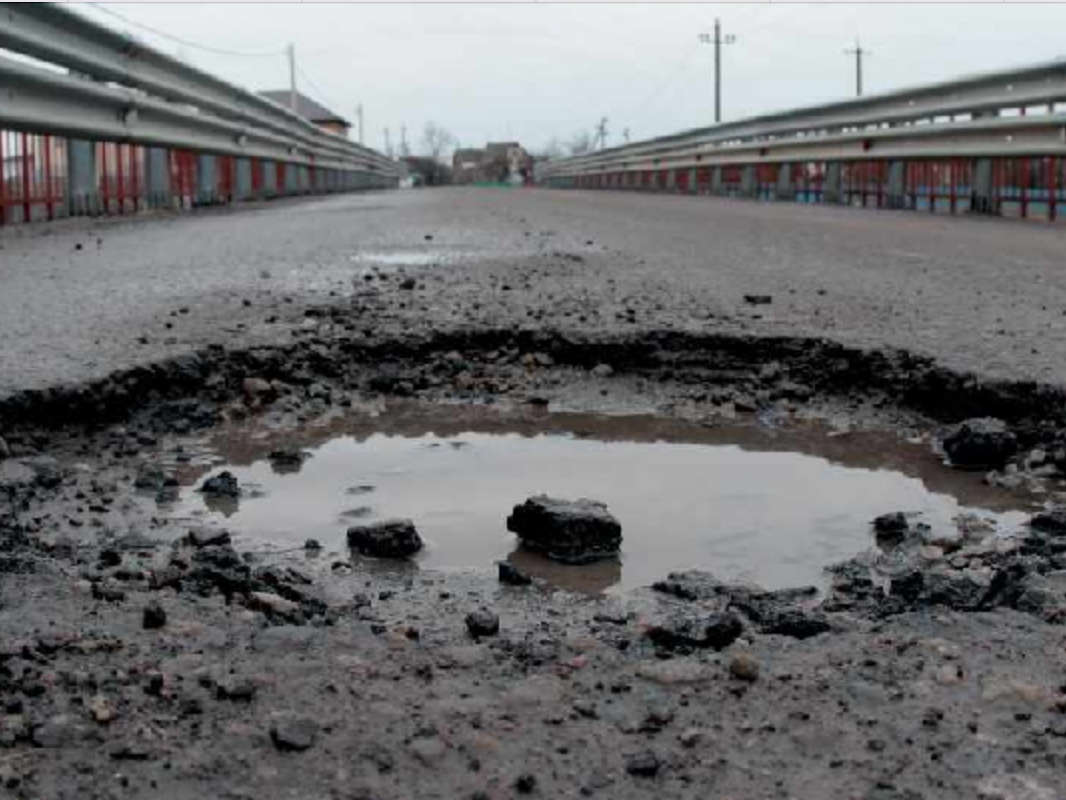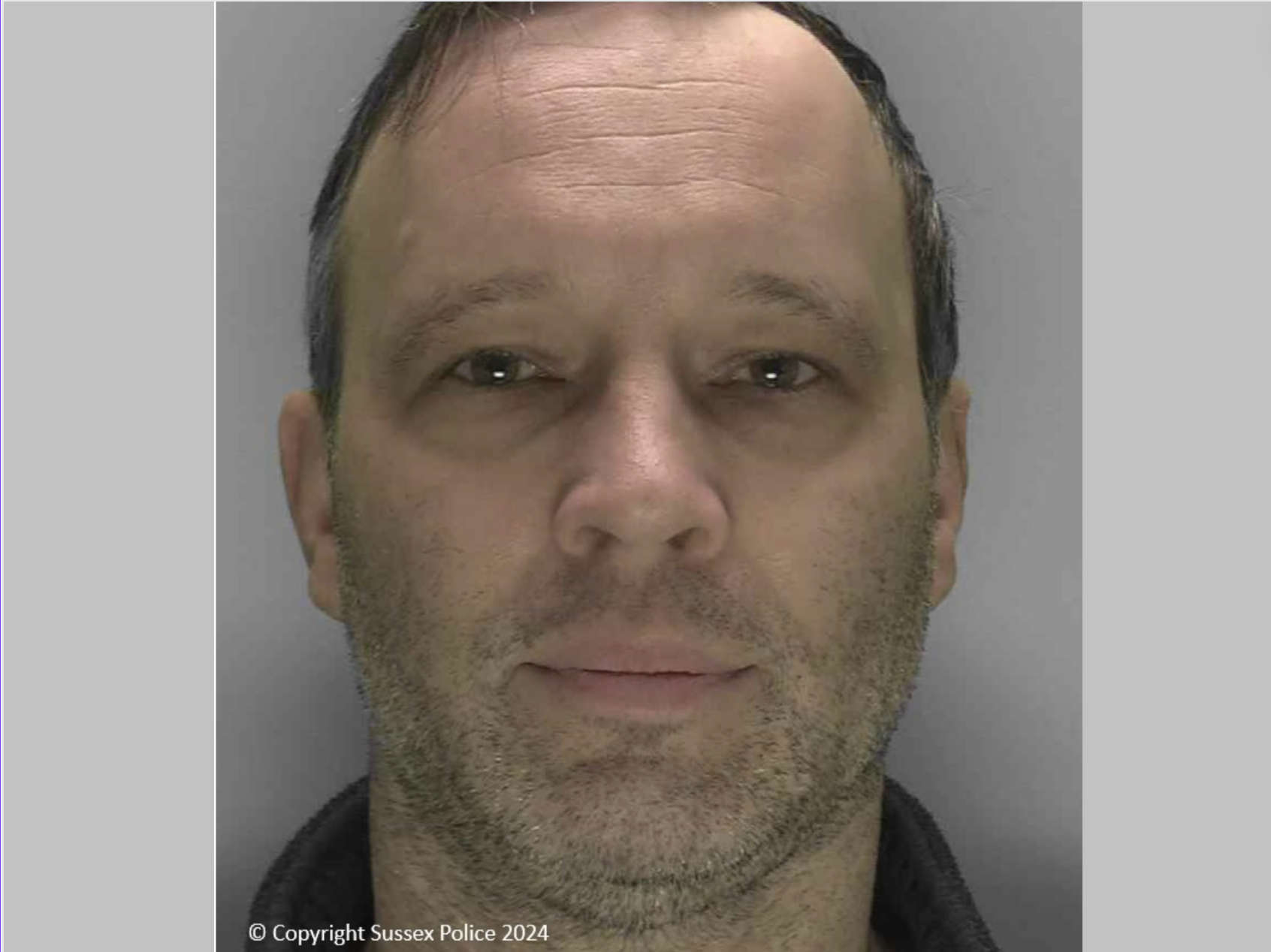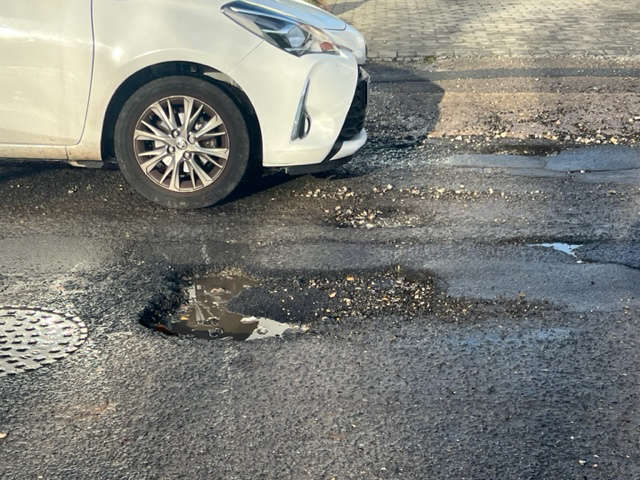
Two Velocity road patching machines are being deployed across West Sussex to proactively seek and fill potholes before the regular inspections by Highways teams.
The 'two-pronged attack' means road patchers will be out targeting the holes as well as traditional inspectors.
The patchers fill potholes that are considered unsafe as well as repairing defects that are looking likely to deteriorate.
Routes covered in the search for potholes are selected by teams looking for the those with the highest, historic pothole numbers, to try to optimise value for money and results.
According to council data, in the first four weeks of the 2022/23 financial year, the two road patching machines completed just over 1,100 repairs and treated approximately 3,000sqm of the highway network.
Joy Dennis, the County Council’s Cabinet Member for Highways and Transport, said:
“We know how important the condition of our roads is to residents and are proactively tackling the issue of potholes.
“The deployment of two Velocity machines follows last year’s successful trial, when we were impressed with the speed and quality of the patching system and the audited results post-repair.
“Fixing potholes is really important, but we also have our ongoing £32million programme of investment in highways and transport, which includes an unprecedented level of investment in road and footway repairs in recent years.
"Within the programme are a significant number of road resurfacing schemes. Resurfacing a road produces a smoother surface, reducing road noise and increasing resilience to potholes – a longer-term solution to pothole issues compared to small-scale repairs.”
Also agreed in the council’s capital budget in March was a further £21million funding, over the next five years, for priority areas such as carriageway improvements and repairs.
Factfile: how Velocity works:
- High-velocity air is used to remove all dust and debris and open-up cracks at the bottom of the pothole to ensure a solid, stable repair
- A cold bitumen emulsion is forced into every crack and crevice under pressure, sealing it and making it water-tight
- The operator switches on the aggregate mix, which is fired at high velocity through a nozzle, evenly coating the granules with bitumen emulsion and building up the waterproof seal, with no joints
- If required, the aggregate mix is compacted with a “wacker plate” and the repair is traffic ready – far faster than by traditional methods, reducing the time needed for traffic management.
Potholes and how residents can help spot and report problems
- Unfortunately, roads are not permanent structures and deteriorate over time from constant use, the weight of vehicles using them and the effects of weather. With the expansion and contraction caused by temperature change, deterioration will occur, resulting in new potholes.
- The County Council is responsible for maintaining around 2,500 miles of road: A and B roads are ordinarily inspected monthly, C-class and main distributor roads on a three or six-monthly basis and declassified roads are typically inspected annually.
- Our highways officers cannot be everywhere, so the public’s eyes and help in spotting and reporting concerns are really appreciated via our online pothole reporting form If a pothole is a significant and immediate risk to public safety, phone 01243 642105.

 Man Admits To Crawley Shoplifting Spree
Man Admits To Crawley Shoplifting Spree
 Appeal For Information After Woman Assaulted On Bus In Hove
Appeal For Information After Woman Assaulted On Bus In Hove
 Worthing Cocaine Dealer Leading Lavish Lifestyle
Worthing Cocaine Dealer Leading Lavish Lifestyle
 Crawley Man Jailed For Possession Of Indecent Images Of Children
Crawley Man Jailed For Possession Of Indecent Images Of Children
 Brexit Has Made UK Medicine Shortages Worse, Research Suggests
Brexit Has Made UK Medicine Shortages Worse, Research Suggests
 Brighton & Hove Pothole Budget Underspent
Brighton & Hove Pothole Budget Underspent
 Exhibition Showcasing Black Artists To Feature At Hastings Museum
Exhibition Showcasing Black Artists To Feature At Hastings Museum
 Environment Agency To Take Action Against Chichester Coastal Flooding
Environment Agency To Take Action Against Chichester Coastal Flooding
 Man Sentenced After Hailsham Masked Robbery
Man Sentenced After Hailsham Masked Robbery
 Gatwick Police Officer Given Final Written Warning Following Misconduct Hearing
Gatwick Police Officer Given Final Written Warning Following Misconduct Hearing